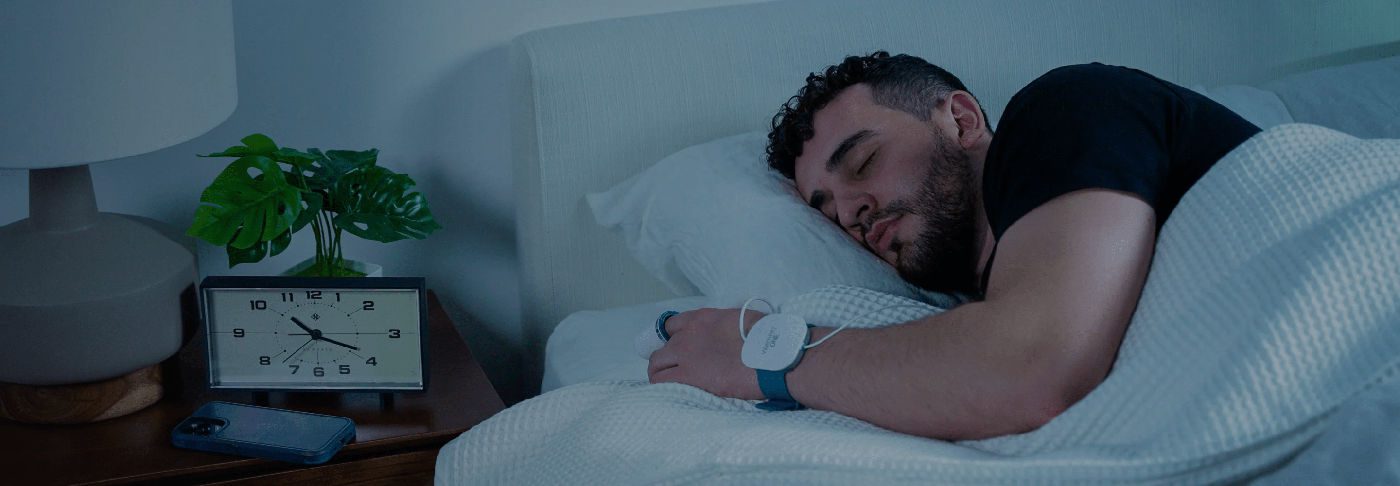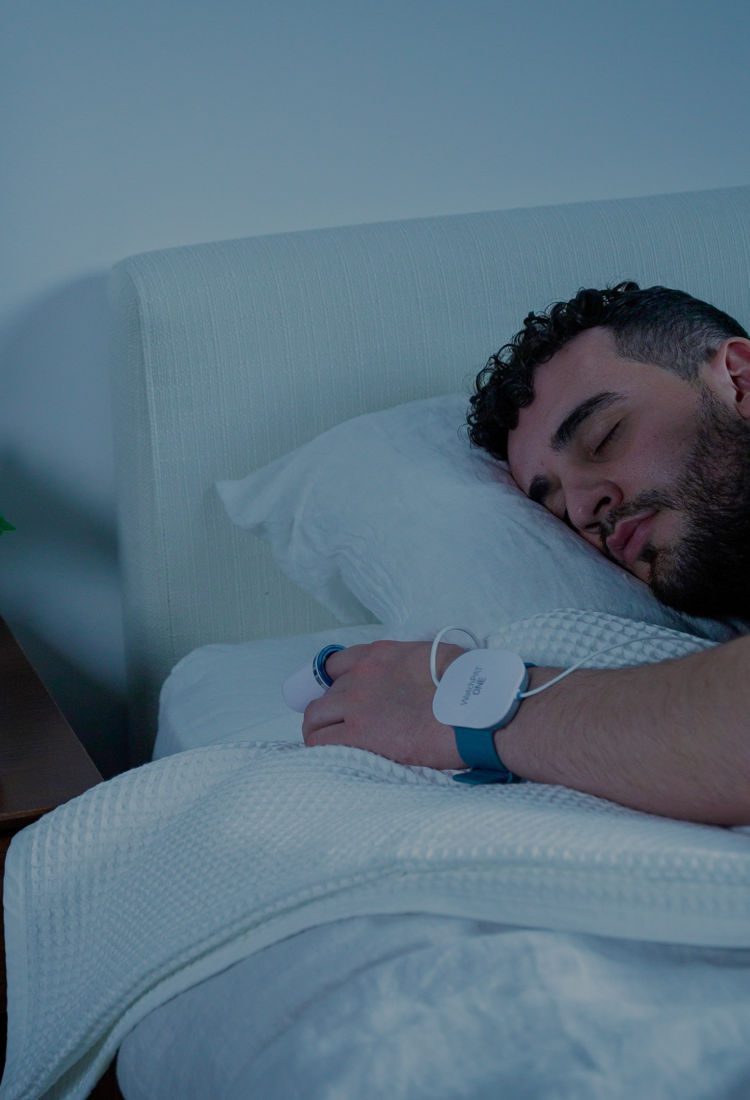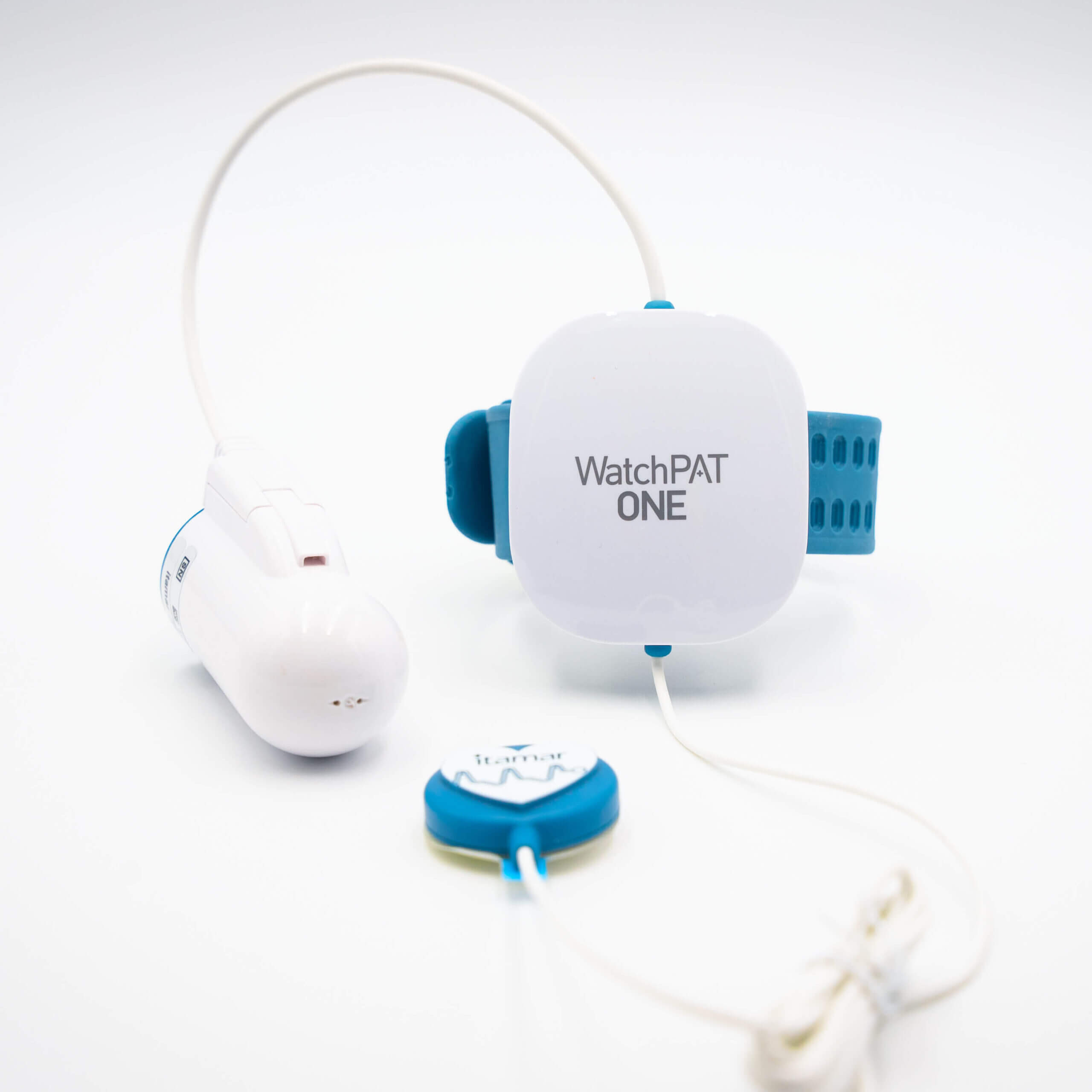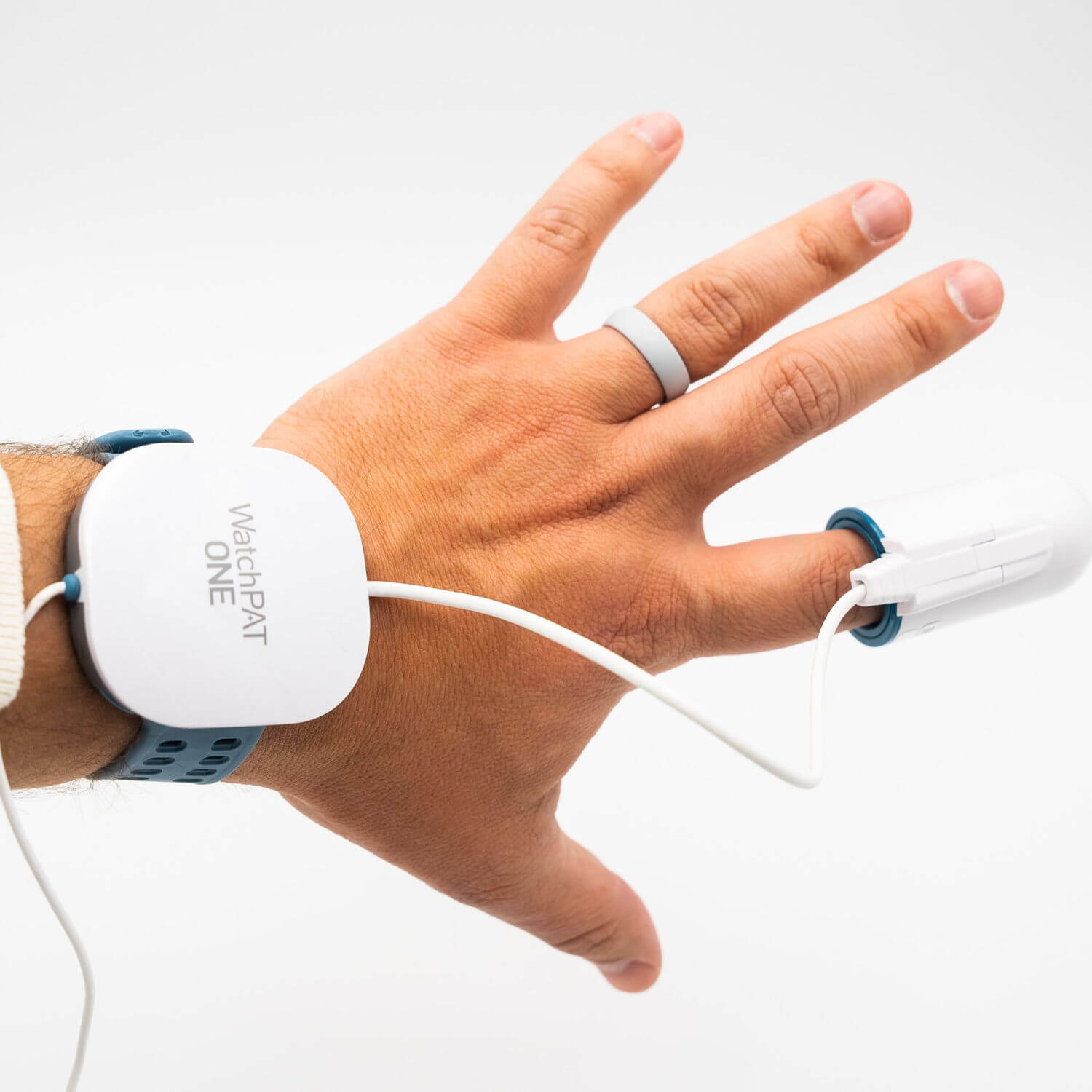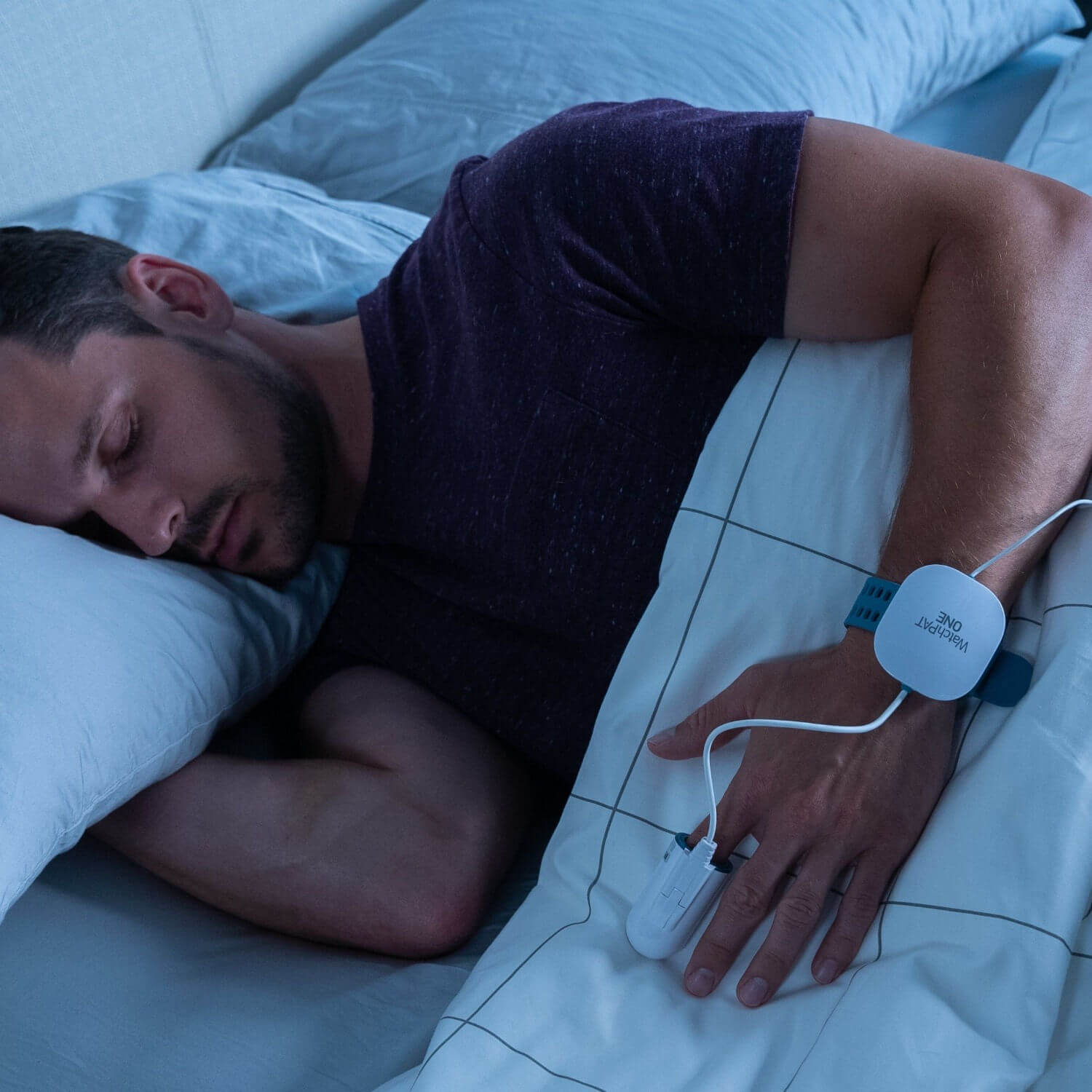The Home Sleep Study With Everything You Need
The easy-to-use, FDA-approved WatchPAT can give a full picture of your sleep health in one night.
Accurately measures for sleep apnea based on up to 7 different factors: PAT signal (peripheral arterial tone), heart rate, oximetry (blood oxygen level), actigraphy (gross motor activity), body position, snoring, and chest motion.WatchPAT is an FDA and DOT-approved portable sleep apnea diagnostic device. Its innovative technology ensures the accurate screening, detection, and follow-up treatment of sleep apnea.Measures true sleep time, sleep architecture, and central sleep apnea
4.9
Sleep Testing Made Easy
With no lab visits, our secure, online process gets you diagnosed and on your way to better sleep in as little as seven days.
Video Chat with a doctor
Take the test at home
Receive your results
As Mentioned In The Press
The Right Here, Right Now Rx.
If you receive a sleep apnea diagnosis, you’ll have the doctor’s cpap prescription instantly. Starting treatment is just a few clicks away.
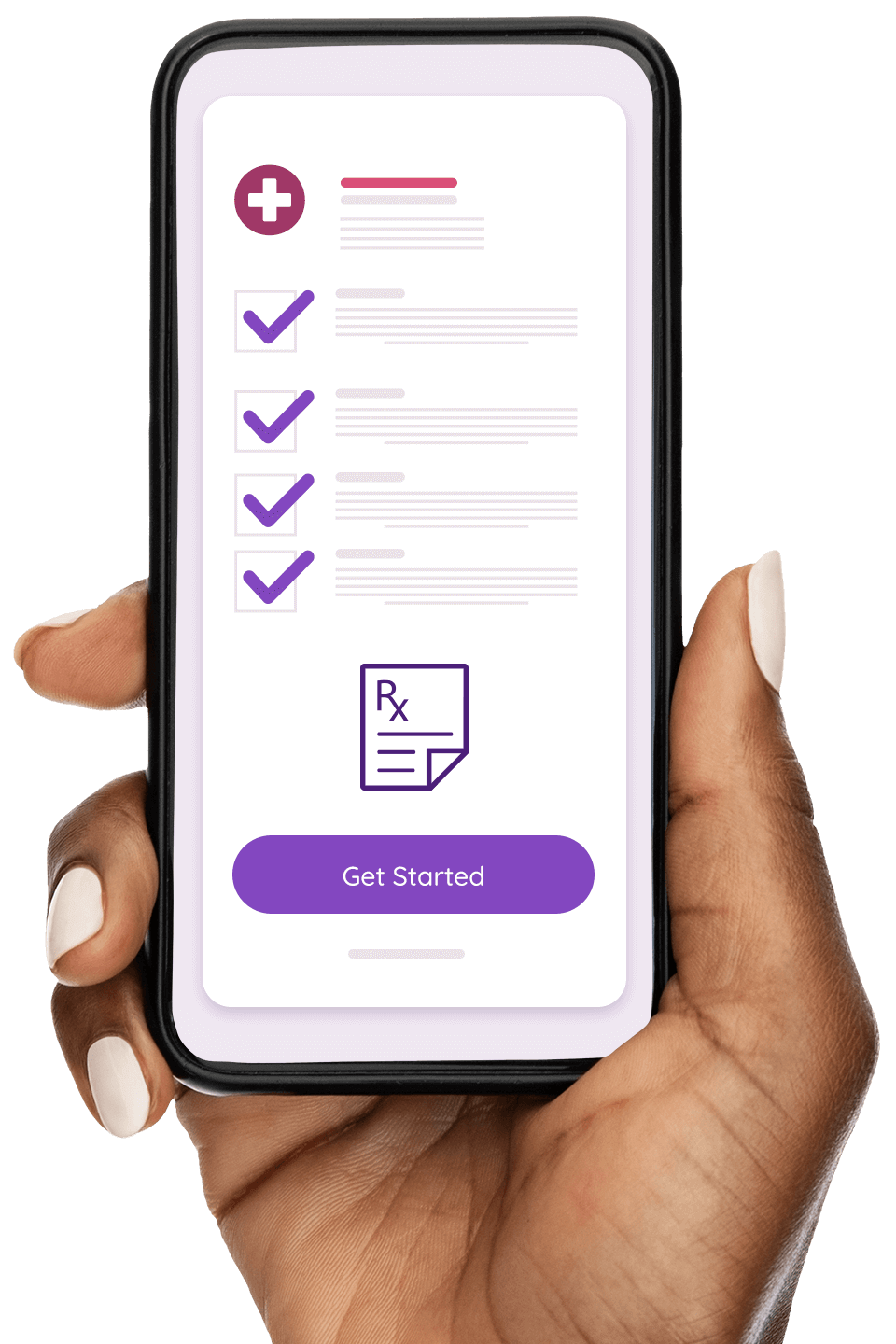
A Comprehensive Sleep Report, Personalized For You
The details of your home sleep test explained in an easy-to-follow format.
See how you slept, and what the doctor recommends.
The Easy Alternative To Sleep Labs
Comparing home testing to the dated lab model, the difference is clear.
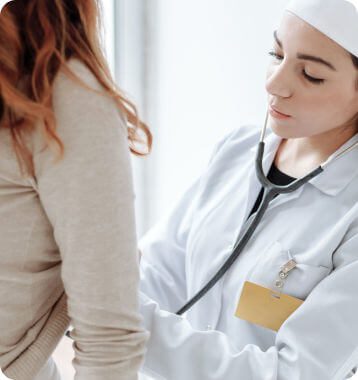
In-Lab
Expensive. Intrusive. Multiple visits. Most of all, so uncomfortable you may not sleep well.
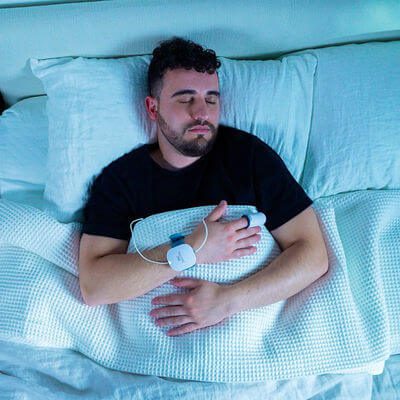
At-Home
One night’s rest in your own bed tells your doctor everything they need to know about your regular sleep patterns.
FAQs
Understanding Our At-Home Sleep Test
Some people who take our at-home sleep test experience anxiety during the night, which can make it hard to fall asleep and lead to inaccurate results. However, we're confident you'll be more comfortable and relaxed in your own bed than if you participated in an overnight sleep study at a sleep center. For most people, the test can gather enough information after one night – even if you are nervous and experience sleep disruptions. If you sleep 2.5 hours or less, you should consider retaking the sleep test.
The WatchPAT features a wrist sensor, pulse oximeter, and chest sensor. The device uses three points of contact – the wrist, finger, and neck – to collect data for seven key sleep apnea metrics. The device measures central and obstructive sleep apnea events, true sleep time, snoring, breathing rates, oxygen saturation levels, heart rate, your body's position, and how much time you spend in each sleep stage. Designed for comprehensive results, our sleep test helps your doctor make an informed diagnosis and therapy recommendations. The WatchPAT's sensors send data directly to a doctor via your cell phone's Bluetooth.
If you opt for an overnight study at a sleep center, expect to pay anywhere from $500 to $3,000 for your stay. At-home sleep tests are much more affordable by comparison. These tests typically cost $170 to $400. The total amount you'll pay depends on your insurance provider, so be sure to check whether the test is covered under your current plan.
Anyone seeking a sleep apnea diagnosis has two options: an overnight sleep study at a sleep lab, or at-home test. Most center-based sleep studies are conducted over the course of one to two nights. At-home tests are faster and more convenient. Keep in mind that both types of tests require a doctor's prescription.
Yes, you can complete a sleep test without setting foot outside your home. The WatchPAT records data and transmits it to your doctor through your phone's Bluetooth signal. If completed properly, at-home tests can provide enough data for your doctor to provide an accurate sleep apnea diagnosis. While our test typically records enough data for diagnosing sleep apnea, the results may not be sufficient for diagnosing other disorders such as narcolepsy or restless leg syndrome.
Sleep studies are used to monitor your sleep patterns. Doctors use the study's results to diagnose insomnia, sleep apnea, and other sleep disorders.
CPAP machines and face masks are federally regulated medical devices in the United States, so you'll need a prescription for these components – both of which are essential for CPAP therapy. You can obtain a prescription by completing a sleep study or test, then receiving a sleep apnea diagnosis from a board-certified physician.
Most sleep experts recommend taking an at-home test one time, though your doctor may suggest taking the test a second time if you experience excessive sleep deprivation during the first attempt. If the results of your at-home test are inconclusive, your doctor may recommend an overnight polysomnography study at a sleep center.
Our at-home test is exclusively designed to test for obstructive and central sleep apnea. As a result, we only recommend the test for people with moderate to severe symptoms of these disorders. If you have a history of cardiorespiratory disease, stroke, insomnia, or hypoventilation should arrange for an overnight sleep study in a lab, rather than take the at-home test.
The amount you pay for your test depends on your current insurance plan, but most providers cover at least some of the cost. Medicare recipients who have met their part B deductible pay 20% of the cost for at-home sleep tests. If your doctor recommends or refers you for a sleep study, contact your insurance provider to learn more about how much of the cost is covered.
The test measures different metrics related to sleep patterns used to diagnose sleep apnea. These metrics include your breathing rate, heart rate, sleep position, how often you snore, and how much time you spend in different sleep stages. Your doctor uses this data to evaluate you for obstructive and central sleep apnea.
We recommend at-home sleep tests for:
• People who exhibit symptoms of moderate to severe OSA or CSA
• Those who are at high risk for sleep apnea due to their weight, daily habits, and medical history
• Anyone who wants to take part in a sleep study but wants a more affordable option than spending the night in a sleep center
People who suspect they have at least one other sleep disorder in addition to sleep apnea, or possibly a different sleep disorder altogether, should consider an overnight sleep study in a sleep center instead of an at-home test. The same is true for people with a history of cardiorespiratory disease, stroke, insomnia, hypoventilation, and other medical conditions that warrant observation during the sleep test.
The at-home test monitors sleep patterns and records metrics related to sleep apnea symptoms. Our device does not diagnose you – only a board-certified physician can provide a diagnosis. The device sends data directly to your doctor using your phone's Bluetooth. Your doctor can review the results of your at-home test to determine if a sleep apnea diagnosis is necessary, and which type of treatment is needed.
Hang tight! We’re redirecting you to Sleep Doctor, who will take it from here.
